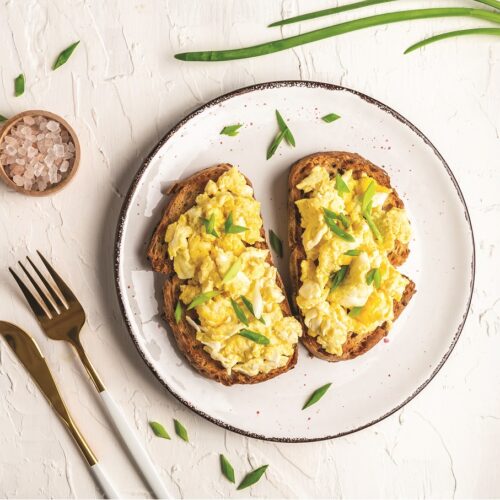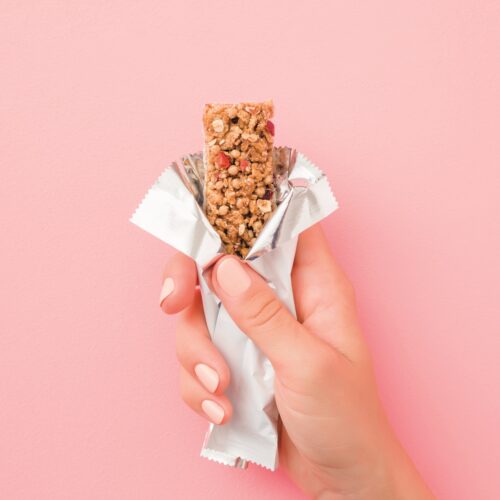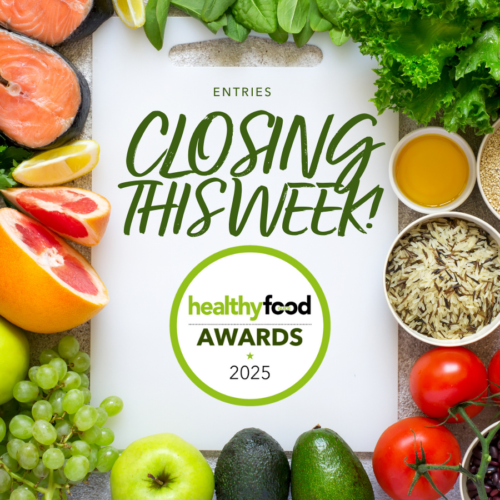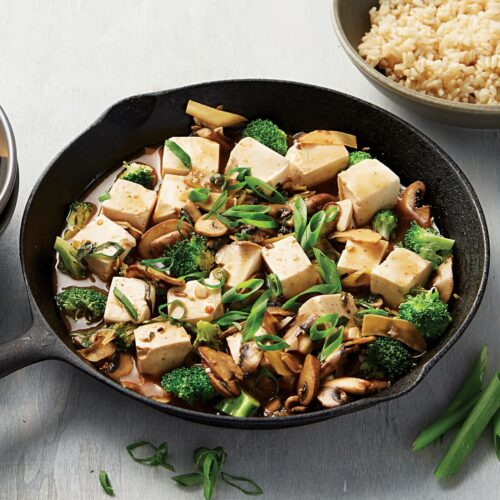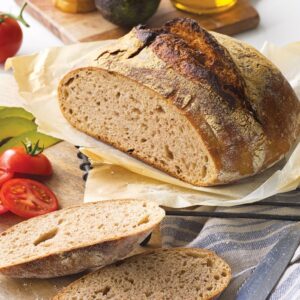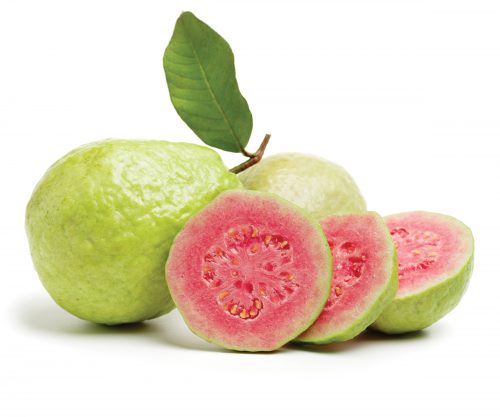
Tropical (pink) guavas
Tropical guavas (Psidium guajava) are technically a berry, with semi-soft pink flesh (ranging from pale salmon to deep orange-magenta) and small round yellowish seeds that may be removed but are often just swallowed whole. They have a sweet musky fragrance and a slight acidity but are regarded as the sweetest of all guava varieties.
This fruit can be eaten raw or cooked and used in both sweet (ice cream, jams, jellies, juices or cocktails) and savoury (salads or sauces) dishes. The high pectin and jewel-like colour makes guava jelly a popular homemade preserve.
Guavas are part of the Myrtle family, which includes cinnamon, nutmeg and cloves, and are believed to have originated in Central America. Archaeologists have uncovered sites in Peru, several thousand years old, with guava seeds found stored with beans, corn, squash, and other cultivated plants. With 230mg vitamin C per half-cup serve, guavas are an excellent source of vitamin C and potassium. They also contain folate and vitamin A. Having enough potassium in your diet can help keep blood pressure down. Guavas are also a useful source of antioxidants.
Mizuna (Japanese mustard greens)
Mizuna is a brassica and its baby leaves are mainly used as a lettuce substitute, often found in mesclun salad packs. Some of the many varieties have pretty red leaves. The flavour is mild and the texture juicy and crunchy.
Mature mizuna leaves can also be treated like other oriental greens, being steamed or stir-fried in a wide variety of dishes, including soups and sukiyaki-like dishes. The stalk pieces are pickled (by steeping in salt, sugar and rice vinegar for about 48 hours) and served as an appetiser.
A cup of Mizuna is an excellent source of vitamins A, C and K and a source of vitamin B6 and the mineral manganese. These leafy greens are also sources of antioxidants, which may reduce inflammation, and lutein, which is important for eye health. If you’re taking the medication Warfarin, go easy on your mizuna intake, as the vitamin K can affect blood clotting.
Fresh this month
(Harvested in New Zealand gardens in November)
Vegetables: Artichokes (globe), asparagus, beetroot, broad beans, broccoli, green cabbage, carrot, cauliflower, courgettes, cucumber, eggplant, fennel, garlic, lettuce, mizuna, onions, parsnip, peas, potatoes, radish, rhubarb, silver beet, spinach, squash, swedes, watercress.
Herbs: Basil, chives, coriander, dill, marjoram, mint, oregano, parsley, rosemary, thyme.
Fruit: Avocado, blueberries, boysenberries, gooseberries, kiwifruit, navel oranges, strawberries, tangelos, tropical guavas.
www.healthyfood.com



